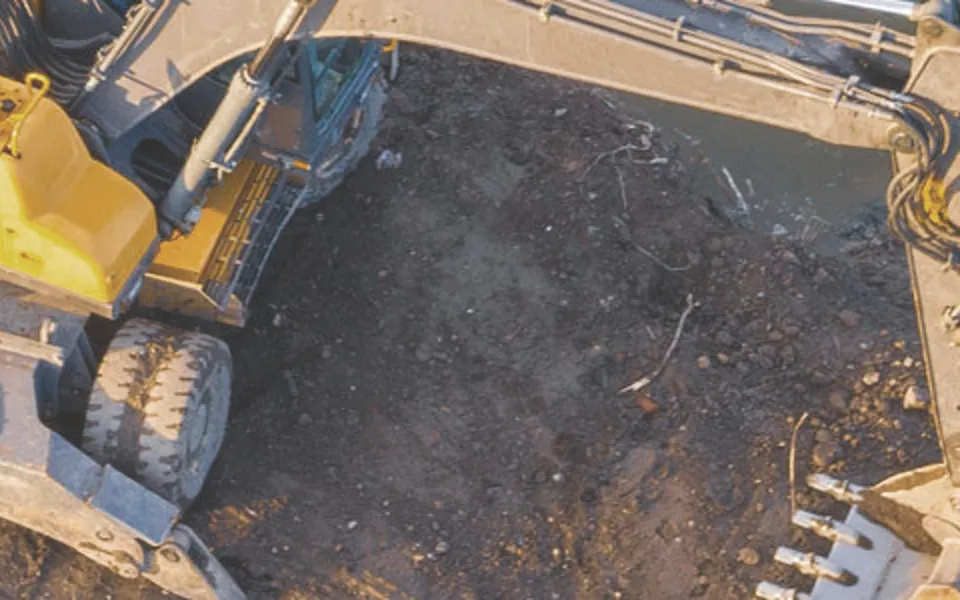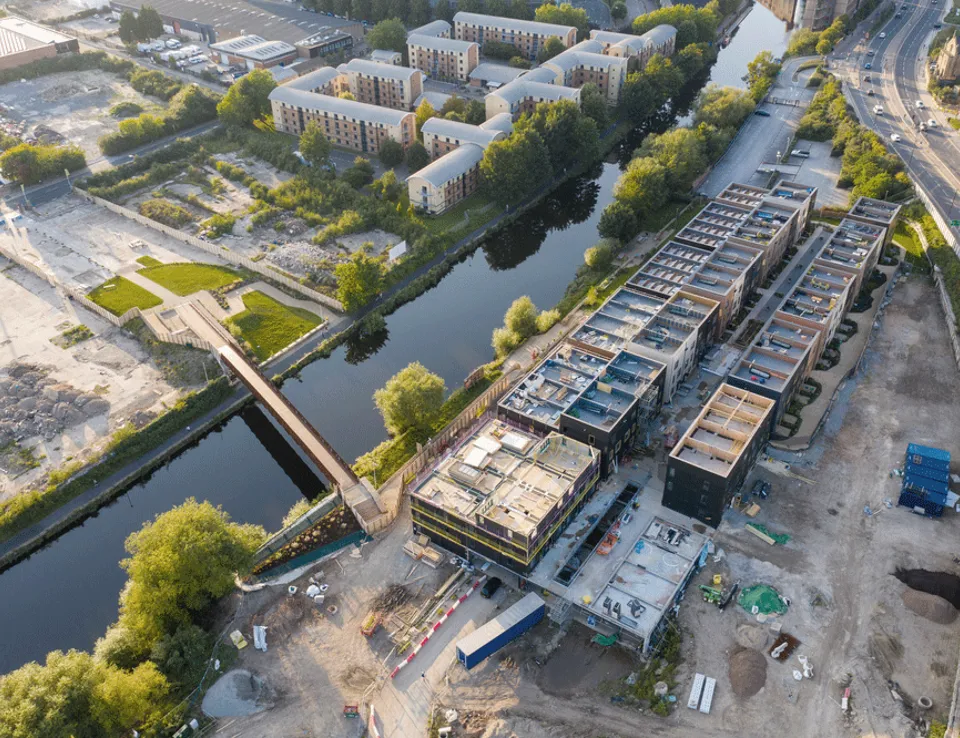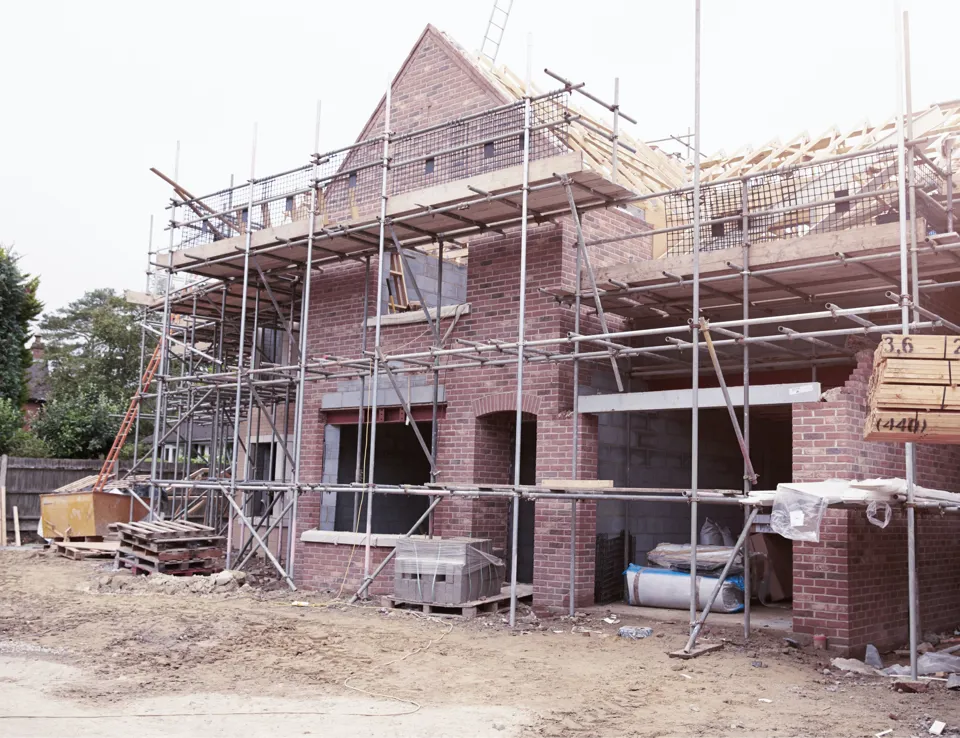
Nutrient neutrality: Red tape producer or blue riband of water environments?
06 Sep 2022
Nutrient neutrality is a very prominent environmental topic that has recently hit the headlines again due to its far reach implications for industry, ecological and economic issues. The UK is currently looking at a range of solutions that both remove nutrients from the environment and have much wider benefits for society and nature. Much work has been done to understand the value of looking towards nature-based solutions to achieve government-driven environmental goals.
Indeed, the UK Government has recognised that there have been wide-scale delays across the housing industry due to nutrient neutrality requirements, and subsequently arguments have been made to abolish the requirements through the Levelling Up and Regeneration Bill (LURB) supposedly to remove “Brussels red tape” and help the economy. However, how much of the nutrient neutrality issue is really about adding more bureaucracy to our planning system?
Ricardo’s team is renowned for its expertise in this area and has written about it extensively over the past year, covering topics such as nutrient budget calculators to benefit housing developers, planning for nutrient neutrality and addressing the mitigation challenge.
The nutrient neutrality driver
Nutrient neutrality is driven by the excess nutrient pollution that is impacting the UK’s most precious river, lake, wetland and coastal ecosystems. For example, the high-profile River Wye ecosystem which has experienced a slow decline in environmental quality over time primarily as a result of a long history of catchment-wide phosphorus pollution mismanagement. This story is repeated across the country. The need for nutrient neutrality was therefore born out of recognition that all sectors of society need to come together in addressing the declining health of our water environments: a message that is endorsed by the 25 Year Environment Plan (25 YEP) and the Environment Bill (Environment Act) supported by all political parties.
Wider legislation to support nutrient neutrality
Such recent legislation has encouraged a positive shift in attitude to environmental protection. This is reflected in it being priced into the costs of development aimed at achieving overall environmental additional benefits via Biodiversity Net Gain principles. This same principle of wider environmental benefits, post-development, is embedded in nutrient neutrality thinking by reducing additional pollution entering our river systems. In the long-term, the aim is that such principles should position us to have more access to clean drinking water (from inland and coastal waters) and enable the housing market to thrive with positive benefits for the environment.
This ambition is further endorsed under the Infrastructure Levy which is embedded within the LURB. This Levy aims to ‘ensure that developers pay their fair share to deliver the infrastructure that communities need’1. The Levy benefits local communities through environmental improvement such as green spaces to support community health and wellbeing. Given the clear integration between LURB and the Infrastructure Levy and the fact that nutrients are one part of a larger environmental picture, does it make sense to remove nutrient neutrality from the Bill?
There are many examples of local campaign groups pushing back on new home building because of ground water impacts. Potentially, therefore, removing nutrient neutrality requirements from the Bill, could actually result in further home building delays as Local Planning Authorities are faced with local opposition on the grounds of environmental degradation.
Government’s support and long-term ambitions for long-term solutions
The UK Government has set out its stall to improve the water environment and reduce future environmental mitigation needed, announcing a new duty that requires all water companies in areas with current nutrient neutrality obligations to upgrade all wastewater treatment works to ‘Technically Achievable Limits (TAL)’ for nutrient removal by 2030. This signals governmental recognition of the severity of the wider nutrient and pollution situation with a look ahead to provide long-term solutions.
Delivering TAL upgrades to all required treatment works over the next eight years is a positive step. However, it will require a Herculean effort to achieve given that it also butts up against other regulated investment requirements placed on water companies. Additionally, on paper, at least, the approach may disincentivise the use of nature-based solutions such as treatment wetlands that are capable of delivering the required reductions in nutrient pollution at a fraction of the carbon cost. Nature-based solutions can also provide much wider benefits for biodiversity, without the need for importing treatment chemicals internationally with additional on-going costs.
The future
It remains to be seen whether abolishing nutrient neutrality requirements would work in practice. Proposed developments would still need to comprehensively assess their impact on the environment with the same suite of documents that are currently required – a Habitats Regulations Assessment, Water Framework Directive, and, in the case of most housing developments – an Environmental Impact Assessment as well. This internationally recognised system of environmental assessment would first need to be entirely overhauled. The Government has already created a precedent for this with the proposal of new government-created ‘Environmental Outcome Reports’ in the recent Levelling Up Bill, that would effectively replace existing EU legislation. However, the same bill contains a statement saying that the new legislation would have no detriment on the environment when compared to our existing controls.
Even if the proposed replacement ‘Environmental Outcome Reporting’ fails to prevent the scrapping of nutrient neutrality legislation, the creation and implementation of entirely new legislation and guidance is likely to take significant time to pass and implement with a timeframe likely to be well beyond the next general election. This is all before recognising that environmental protection is predominantly a devolved issue, meaning that changes in England would not (necessarily) apply to Scotland, Wales or Northern Ireland.
Society’s role in environmental protection
The risk of branding nutrient neutrality as a bureaucratic exercise is at risk of missing the fundamental point that we have a legacy of water pollution in the UK and that all sectors, from agriculture to housing development, need to come together in tackling this legacy issue whatever future system of environmental protection is adopted.
Nutrient neutrality does not necessarily add more red tape but instead, simply requires an understanding that more development should not result in making the existing problem worse.
What does, however, need to be recognised is that achieving nutrient neutrality cannot rest solely on the shoulders of developers. Wider catchment efforts are needed to tackle the sources of nutrient pollution that caused the problem in the first place. It is, therefore, incumbent on all sectors of society to buy into a future environmental plan which as stated in the 25 YEP aims to ‘improve the environment within a generation and leave it in a better state than we found it’.
Ricardo continues to work across England and Wales to support industry, providing proportionate nutrient neutrality solutions that are effective (in terms of economic and environmental cost) whilst passing regulatory requirements. The vast experience and expertise gained through working with regulators, councils, planners, builders, landowners and other private organisations means our experts have a unique understanding of the challenges inherent in delivering effective solutions. If you need help or advice with any aspects of nutrient neutrality or associated Nature-based solutions to achieve wider environmental biodiversity and societal net gain, get in touch.




 Follow Ricardo plc for regular updates
Follow Ricardo plc for regular updates




